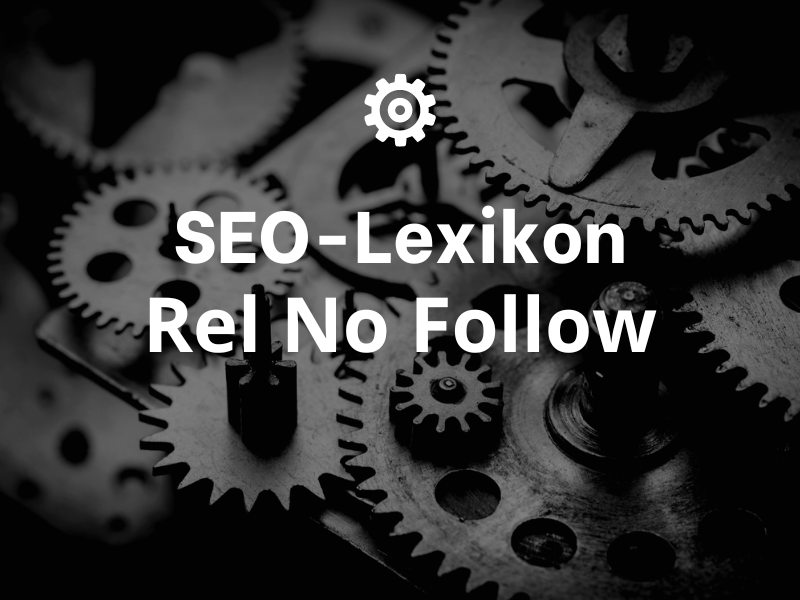What is Rel No Follow?
Rel No Follow is an HTML attribute used by search engines to control the linking of web pages. It prevents search engines from considering a link as an endorsement of a page. When an author creates a link with the attribute Rel No Follow the link will not be considered for search engines.
How does Rel No Follow work?
Rel No Follow is an HTML attribute used in a link tag. The link tag looks like this: <a href="URL" rel="nofollow">link text</a>. If the attribute rel="nofollow" is specified in a link tag, the link is disregarded by search engines. The link will work and redirect visitors to the specified page, but search engines will not consider it as supporting the page.
Why do search engines use Rel No Follow?
Use search engines Rel No Followto prevent pages that do not comply with their guidelines from being considered as support for a page. It helps them to improve the quality of Search results to improve. Through the use of Rel No Follow an author can control which pages are considered by search engines to support his page and which are not.
When should you use Rel No Follow?
Rel No Follow should be used when an author does not want search engines to consider a link as an endorsement of his page. It is also useful to use it for links that cannot be controlled by other authors, e.g. links to external pages, comments, forums and so on.
What are the effects of Rel No Follow?
Rel No Follow has a direct influence on the SEO (Search Engine Optimization). If an author creates a link with the attribute Rel No Follow it is not taken into account for search engines. This can cause the page to rank lower in search engines. Therefore should Rel No Follow only be used if the author is sure that it is not needed.
Use cases
Rel No Follow can be used when linking to external websites or pages with bad content. It can also be used to protect the authority of the page by preventing search engines from following links to pages with bad content.
10 practical examples of nofollow tags:
- If you add links to websites that you don't trust or that may be spammy, you can Nofollow Use tags to ensure that search engines do not follow these links.
- When adding links to affiliate websites, you can use Nofollow tags to ensure that search engines do not consider these links as a form of link manipulation.
- If you add links to external sites that have no benefit to your site's users, you can use Nofollow tags to ensure that search engines don't consider those links relevant.
- If you add links to commercial sites that you don't get paid for, you can use Nofollow tags to make sure search engines don't consider those links as paid links.
- If you are adding links to sites that may not comply with your site's guidelines and rules, you can use Nofollow tags to ensure that search engines do not consider those links relevant.
- If you are adding links to sites that may no longer be active or have valid content, you can use Nofollow tags to ensure that search engines do not consider those links relevant.
- If you are adding links to social media that have no benefit to your website users, you can use Nofollow tags to ensure that search engines do not consider those links relevant.
- If you add links to users' comments that may be spammy or inappropriate, you can use Nofollow tags to ensure that search engines don't consider those links relevant.
- If you are adding links to sites that may not meet the same privacy standards as your site, you can use Nofollow tags to ensure that search engines do not consider those links relevant.
- If you are adding links to sites that may not meet the same quality standards as your site, you can use Nofollow tags to ensure that search engines do not consider those links relevant.
Conclusion
Rel No Follow is a very powerful tool that website authors can add when linking to external websites or pages with bad content. It can also be used to protect the authority of the page by preventing search engines from following links to pages with bad content. However, it can also cause the PageRank of the page is reduced, as search engines cannot index the content of the page. Therefore, it is important for web authors to carefully think about when Rel No Follow should be used.
« Back to Glossary Index


